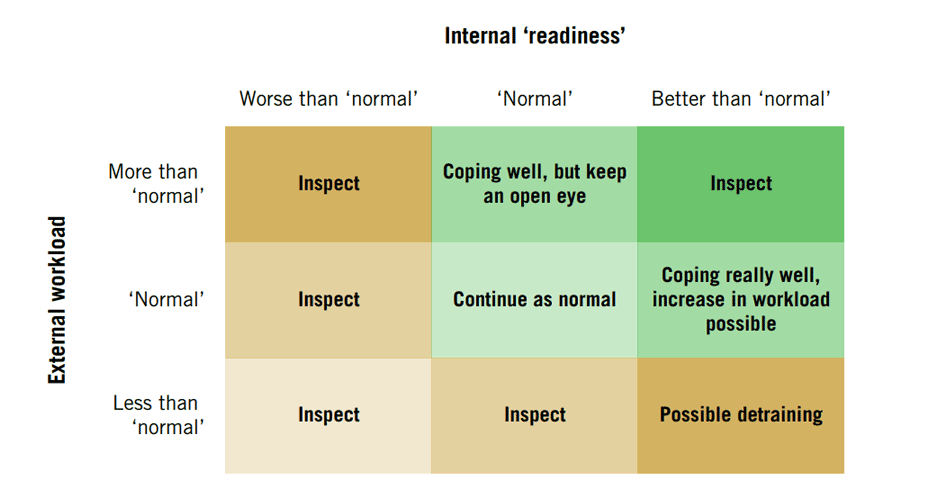So you can predict the future… But can you change it?
Fantastic video by Alex Cosmas (Chief Scientist, Booz Allen Hamilton) from 2014 BayesiaLab User Conference on the issues of prediction and causality. Follows my Aspetar Journal article “Uncertainty, Heuristics and Injury Prediction” really well, especially to Lucas Critique.
I also love to call this problem “Terminator Problem”, since it is more understandable to coaches, since most of them have seen Terminator movies. The issue is, once we are able to “predict” the future (for example estimating injury likelihood in the next 7 days), can we actually change it? And how does taking action affects the model parameters (and hence the later predictions)?
This also goes really well with Fergus Connolly’s viewpoint on injury predictions: we are dealing with irrational humans, and there are unlimited number of factors that can go into the predictive model. So we have very complex issue(s). I welcome any research in this area, especially those trying to establish causal relationships besides providing predictive power of the model, but I believe that we are just going down the rabbit hole. My approach, and something that will be the theme of my upcoming book, is “contrarian” approach, as well as little bit Machiavellian (in terms of realizing that we are dealing with “cheating” irrational athletes and coaches, as well that our goal is to maintain our position) and the fact that “complex problems need simple solutions”.
Analysts are already trying to combine expert knowledge (subjective) with Bayesian networks in yielding the most usable models, but I think, similar to Gigerenzer, that solutions might not be in pouring more and more data, but in using fast and frugal rules (heuristics) that disregard bunch of the information. We are dealing with humans who want to win. Let’s start there. Anyway, time will tell if more complex models will win or the simple heuristics.
In the meantime enjoy the video from Alex Cosmas.











Responses